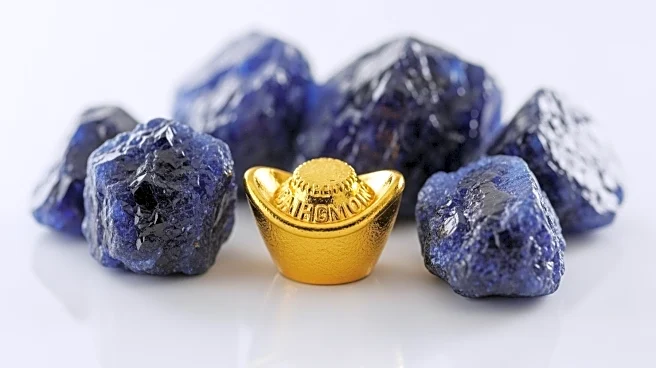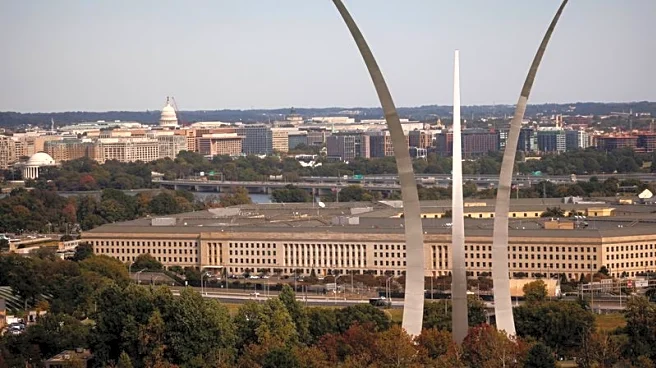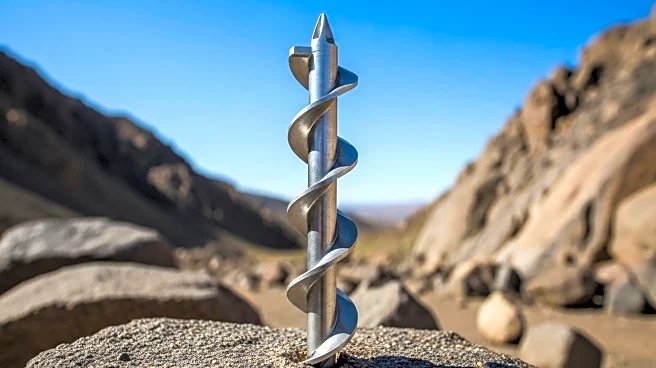What's Happening?
Perpetua Resources Corp. has announced the advancement of its Stibnite Gold Project in Idaho, following a Notice to Proceed from the U.S. Forest Service. This development marks a significant milestone after over eight years of permitting review. The project, which is set to become the only domestic source of antimony, a critical mineral for defense applications, has received $80 million in funding from the Department of Defense. The project aims to produce antimony and gold, while also addressing environmental restoration at the historical mining site. Key figures, including Idaho Governor Brad Little and U.S. Army Major General John Reim, attended a celebratory event, highlighting the project's importance to national security and economic development.
Why It's Important?
The Stibnite Gold Project is crucial for reducing U.S. reliance on foreign sources of antimony, particularly from China, which currently dominates the global market. By establishing a domestic supply, the project supports the U.S. military's 'Ground-to-Round' strategy, ensuring a secure supply chain for munitions. Additionally, the project promises significant economic benefits, including job creation and environmental restoration in Idaho. The initiative aligns with broader national efforts to secure critical mineral resources, enhancing both economic and national security.
What's Next?
Perpetua Resources plans to begin early construction work this fall, with the project expected to supply up to 35% of U.S. antimony demand in its initial years. The company will continue to work on meeting financial assurance requirements and securing additional funding. The project's progress will be closely monitored by federal and state agencies, as well as local communities, who stand to benefit from the economic and environmental improvements.
Beyond the Headlines
The Stibnite Gold Project also represents a shift towards more sustainable mining practices, with commitments to environmental restoration and community engagement. The project's success could set a precedent for future mining operations in the U.S., balancing resource extraction with ecological and social responsibilities.











